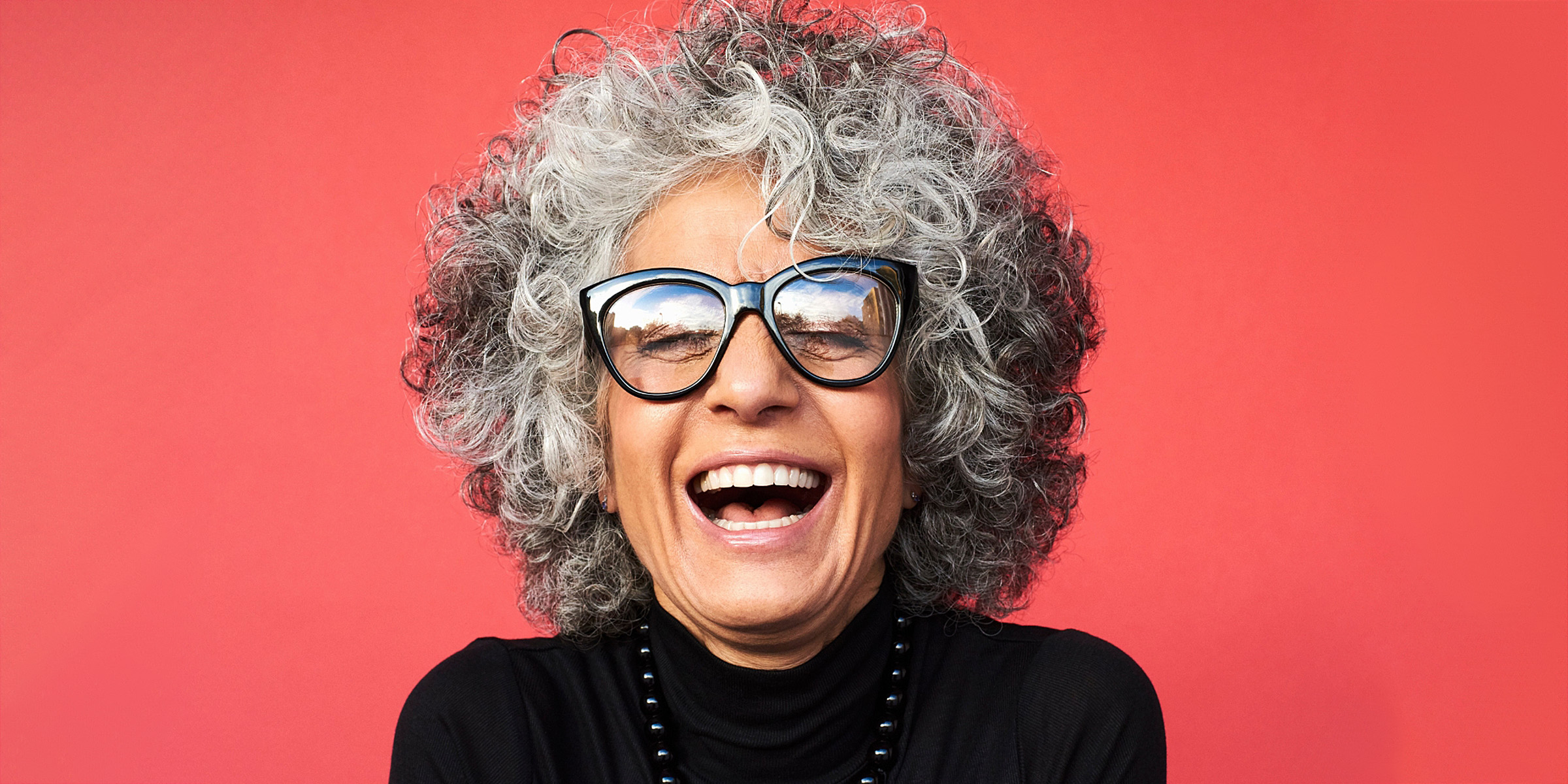
How to Take Care of Graying Hair: Tips to Keep It Healthy, Vibrant, and Stylish
As you grow older, your natural tresses — whether blonde, brunette, black, ginger, or anything in between — will start to lose their color. If you have reached this stage, it's time to adapt your haircare routine to your unique needs.
Much like getting your first period or kissing a boy for the first time are typical rites of passage for young girls, so is noticing that first gray among the darker tresses growing out of your scalp. For some, it might be terrifying, while others may find it a joyous occasion.
Either way, it's still your hair and requires just as much love — if not more — as you've given to it over the years. If you're unsure where to get started, and have no dyeing plans, look no further.
The Science Behind Gray Hair
For most people, seeing gray hair is the first visible sign of aging, and their initial impulse is often to reverse it — even if only temporarily. On average, hair begins to gray in your 30s or 40s, though some may experience it earlier.
Follicles start turning gray or white when your hair stops producing melanin, which is the pigment that gives hair and skin their color. Additionally, your hair is constantly going through a cycle with distinct stages.
These stages include growing, resting without getting any longer, and shedding, all of which are normal and expected. According to the American Academy of Dermatology Association, each cycle lasts several years. After 7–15 cycles, melanin production naturally slows and eventually stops.
How Do You Take Care of Graying Hair?
Gray hair requires extra care to stay healthy, shiny, and vibrant. As it loses pigment, it can become dry, brittle, and prone to yellowing. With the right routine, however, you can keep your silver strands smooth, strong, and full of life.
Here are simple, expert-approved tips to maintain and protect graying hair:
1. Use a Clarifying Shampoo
Gray hair can look dull due to mineral buildup from hard water or styling products. A gentle clarifying shampoo helps remove impurities and restore shine. Follow with a hydrating mask or conditioner to prevent dryness and keep your strands feeling soft and manageable.
2. Moisturize Regularly
Because gray hair is naturally drier and coarser, it needs extra hydration. Use nourishing shampoos, conditioners, or leave-in treatments that boost moisture without weighing the hair down. Regular hydration keeps your strands smoother, softer, and more resilient against frizz or brittleness.
3. Use a Toning Shampoo
To prevent yellow or brassy tones, use a purple or violet toning shampoo once a week. It neutralizes discoloration and maintains brightness while enhancing silver tones. Pair it with a nourishing conditioner to protect the hair's vibrancy and shine.
4. Protect From Heat
Excessive heat styling can make gray hair appear dull or yellow. Always use a heat protectant before blow-drying or using hot tools. These sprays or serums create a barrier against high temperatures, locking in moisture and maintaining smoothness and shine.
5. Repair and Strengthen
As hair loses pigment, it can also lose strength. Incorporate a bond-repair or protein-rich treatment into your routine to fortify the hair shaft. These treatments rebuild weakened strands, reduce breakage, and restore elasticity, leaving your gray hair healthy and resilient.
6. Shield From the Sun
UV exposure can fade and yellow gray hair. Protect your strands by wearing a hat outdoors or using products with UV filters. These safeguards help maintain your hair's natural tone while preventing dryness, brittleness, and environmental damage.
Embrace Your Silver Strands
Gray hair isn’t something to hide — it's a reflection of experience, confidence, and self-expression. With the right care, your silver locks can look as radiant and healthy as ever.
By nourishing, protecting, and embracing your natural texture, you’ll not only maintain your hair's beauty but also celebrate every stage of your journey with pride.
